
Tokyo
Tokyo is, without doubt,
a city of superlatives.
The most populous metropolis on earth is the financial heart of Asia and home to the most exciting nightlife scene on the continent. Only in Tokyo do five-star hotels sit next to ancient hot-spring baths, and only here can you relax in a Meiji Period (1868-1912) teahouse before shopping for the latest electronics. Tokyo’s position as the gateway to Asia means that the riches of the Orient – from Buddhist temples to martial arts festivals – are a part of local life. But the city’s international character also guarantees world-class standards in accommodation, dining and fashion. Tokyo and its people have a lot to be excited about us they look to the future.
From its newest landmark, the TOKYO SKYTREE®, to the famous international marathon, the Tokyo Marathon, the city continues to be one of Asia’s most attractive destinations. And of course, the exotic spirit that has captivated visitors for more than 150 years is still alive and well in every part of Tokyo.
Tourism brand logo
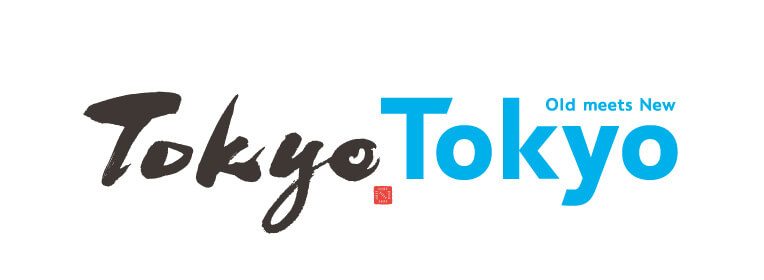
Tourism brand
Tokyo breathes with the tradition of four hundred years since the Edo period.
It’s a city that never stops and embraces the future.
Tradition and innovation meet and evolve to create new value here in Tokyo.
Old meets New
It’s the energy and excitement of Tokyo.
Experience the surprises that start here.
Brand website and movie
TRADITIONAL ARTS
Traditional Japanese entertainments retain their power to amaze and delight
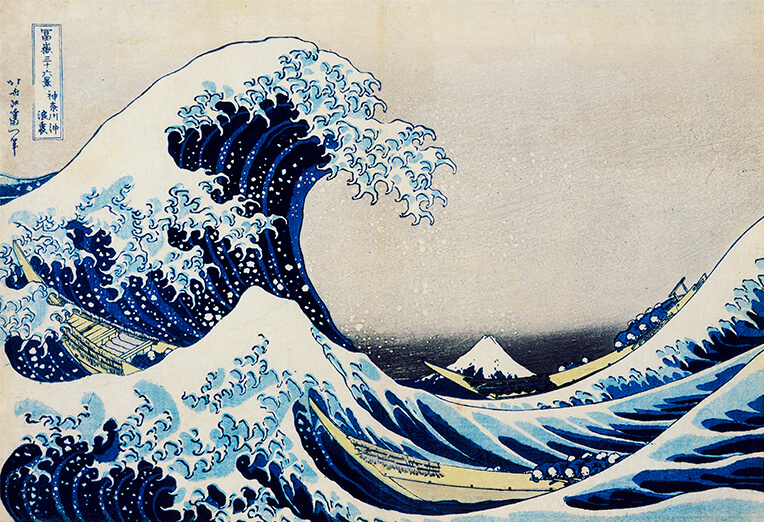
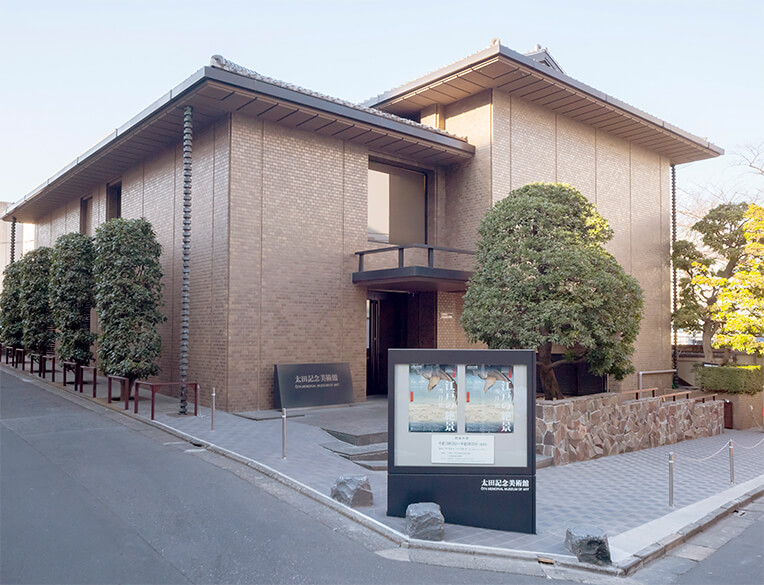
*Ukiyo-e
Ukiyo-e (wood-block prints) is a style of painting that emerged in the 17th century and is one of the most representative art forms of Japan. “Ukiyo” (literally “floating world”) infers a meaning of “reality,” and many works in this genre depict scenes from everyday urban life and natural scenery of the time, as well as beautiful women and actors, and were popular as a form of entertainment for the general public. Ota Memorial Museum of Art in Harajuku in Tokyo has many ukiyo-e in its collection,and is one of the few art galleries in Tokyo to specialize in this genre. It is popular with art lovers in Japan, and also receives many visitors from overseas with an interest in Japanese culture. The museum has a collection that spans a wide range, from the Edo period (1603-1868) to the early 20th century. One of its attractions for the many visitors is that it offers an opportunity to trace the history of ukiyo-e from beginning to end. As one form of Japanese artistic culture that has also influenced the European art world, ukiyo-e tell us about the lives and thoughts of the people of the Edo period, and the technique is alive and well today, having been handed down as a traditional craft. The delicate and colorful techniques unique to Japan will surely continue to fascinate many people in the future.
※Ukiyo-e works on display are changed every month according to themes of exhibition.
Ōta Memorial Museum of Art Website
http://www.ukiyoe-ota-muse.jp/eng
CUISINE
No one would disagree that food is one of the highlights of a trip to Tokyo. Tokyoites are passionate about their food and take pride in the fact that even the humblest dishes are made to perfection without skimping. It is no longer a surprise that there are more Michelin-starred restaurants here than anywhere else in the world.
Dining in the most elegant restaurants in Tokyo can be a bit difficult right now. If you do, just think of the programs I am recommending here, and your next visit to Tokyo will be more colorful than ever. I'd like to introduce two great food-related programs that will make your trip a treasured experience for the discerning and sophisticated world traveller.
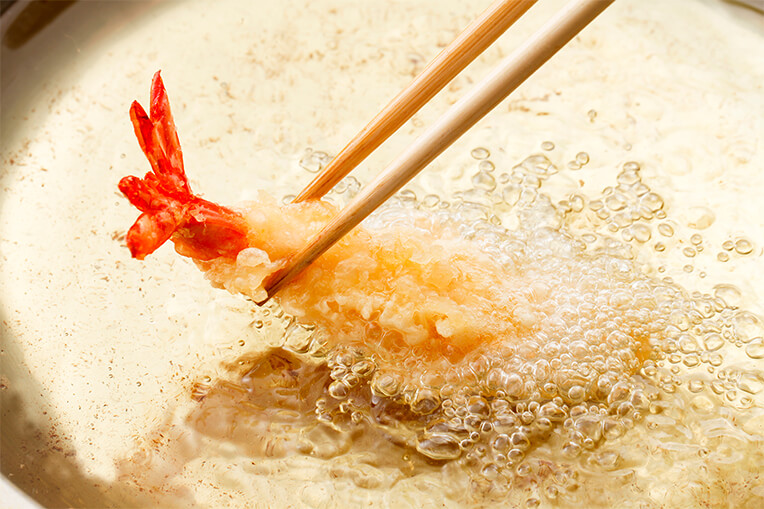
*Tempura
Tempura is a very popular Japanese dish, created by coating seafood and vegetables in a batter made from flour, water and eggs, which are then deep fried in oil. The result is a distinctive crispy batter on the outside, contrasted with tender and fluffy contents inside, which are then dipped in dashi stock or a slightly sweet tentsuyu dip. The flavor can be further accentuated by adding a little salt. Another of tempura’s appeals is that it can be enjoyed not just on its own, but in a variety of styles, including being served on top of soba or udon noodles, or over rice. It is believed that tempura was first introduced to Japan by Portugal, in the Muromachi period (14th to 16th centuries). From the Edo period (1603-1868) onwards it became a popular dish for ordinary people and special tempura restaurants also started to appear from that time. While tempura is a dish that can easily be enjoyed as home-cooked food, it is in specialty restaurants where you can sample tempura created with the attention to detail of true craftspeople. Each piece of tempura at such eateries is carefully fried one by one by craftspeople who have received ten years of training, and is characterized by its highly fragrant flavor, light and crispy texture, and lack of any hint of oiliness. Using only fresh oil, each piece is lightly coated in batter, before being gently fried at just the right temperature. The deliciousness that is produced through the skills of these craftspeople is precisely what moves people’s hearts and keeps the food culture of Japan alive and well today.
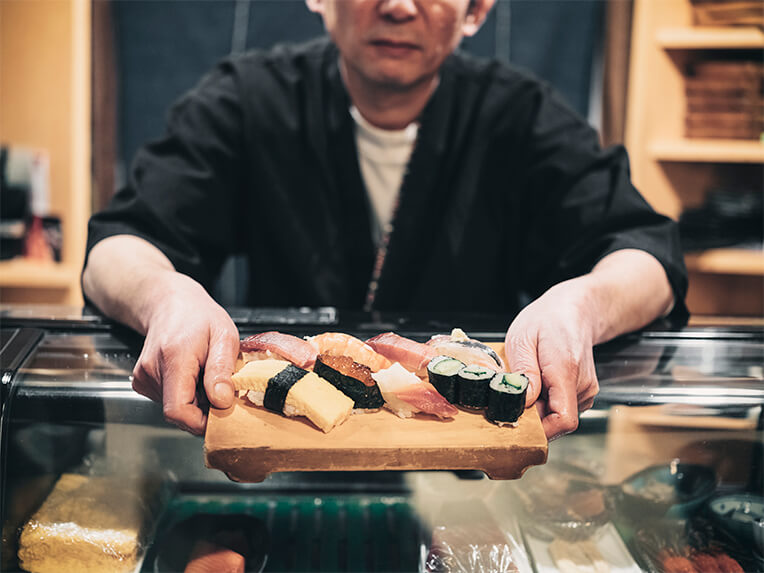
*Sushi
Such is a Japanese dish that combines rice mixed with vinegar, salt and sugar, known as shari, with seafood and other ingredients, known as neta. The ingredients used as neta also include meat, vegetables and eggs. Sushi could be said to be the quintessential Japanese cuisine, but in fact it traces its origins back to around the 4th century BCE in Southeast Asia. It is there where mountain-dwelling tribes are said to have created nare-zushi, a preserved food made by fermenting fish with salt and rice. Subsequently nare-zushi is thought to have made its way to Japan together with rice cultivation from China. It was in the Edo period (1603-1868) that the style of sushi that is familiar to us today, known as nigiri-zushi (hand-formed sushi), was established. It was from these origins that the various kinds of sushi developed. While the most famous type of sushi is certainly nigiri-zushi, there are also inari-zushi, oshi-zushi, and maki-zushi. The California roll, which originated in the United States, is another example of a dish derived from sushi. Perhaps the greatest appeal of nigiri-zushi is the rich umami flavor of the neta, combined with a texture that seems to unravel and melt the instant that you put it in your mouth. These textures are created by the hands of sushi chefs, each of whom have spent years refining their techniques, including the amount of air used when making the sushi, the speed at which it is made, and even its firmness. It is these skills that today captivate people around the world.
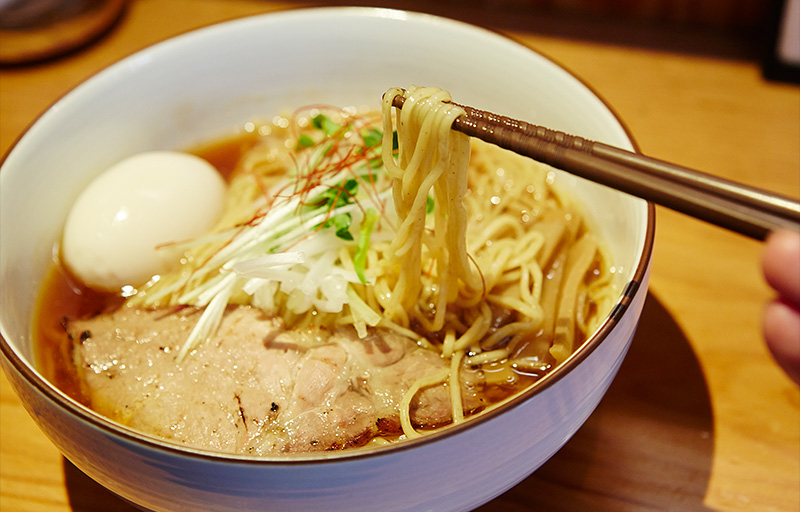
*Ramen
Everywhere in Tokyo you will find ramen shops, where you can enjoy various
flavors. It is recommended to visit a ramen shop if you are in Tokyo.
▼For more details
https://www.gotokyo.org/en/story/guide/oodles-of-noodles-a-guide-to-eating-ramen-in-tokyo/index.html
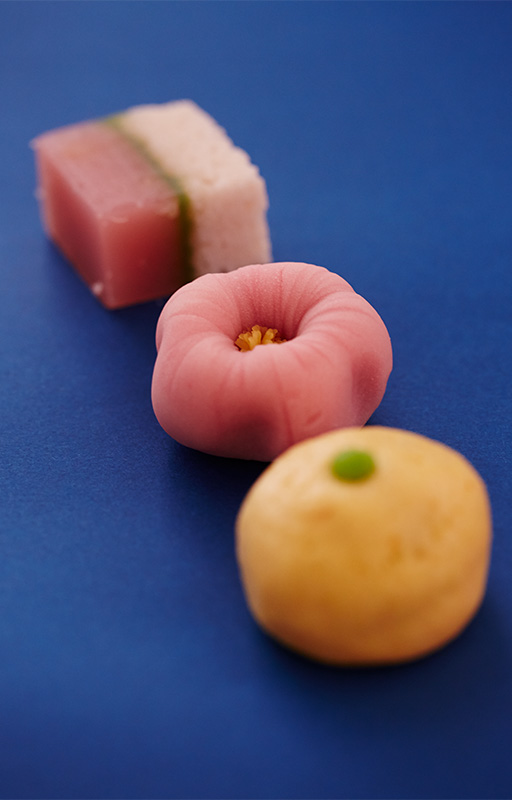
*Japanese sweets
Why not enjoy exquisitely designed, beautiful wagashi (traditional
Japanese sweets) in Tokyo?
▼For more details on Japanese food, including wagashi
https://www.gotokyo.org/en/see-and-do/drinking-and-dining/japanese-cuisine/index.html
Tokyo’s Traditional Crafts
Edo Tokyo Kirari Project

The Edo Tokyo Kirari Project highlights the appeals of things “made in Tokyo” that evolve to fit modern lifestyles.
Website (URL)
https://en.edotokyokirari.jp/
Ryukobo
<Tokyo Kumihimo(Braided Cords)>
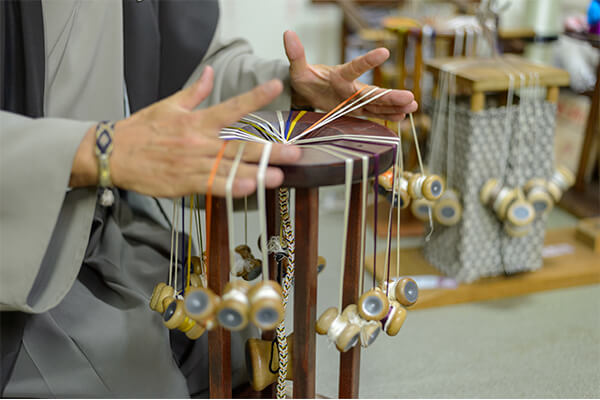
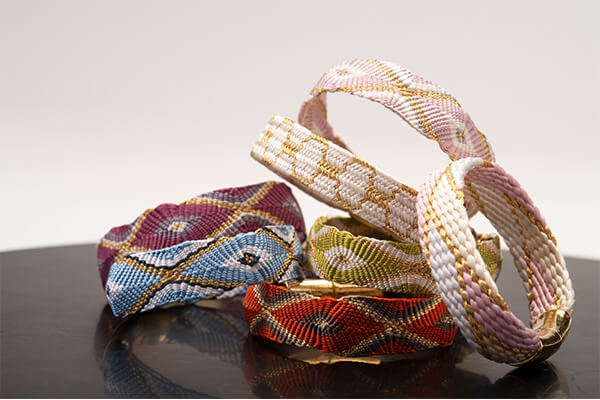
Edo Kiriko’s Shop Hanashyo
<Edo Kiriko(Cut Glassware)>
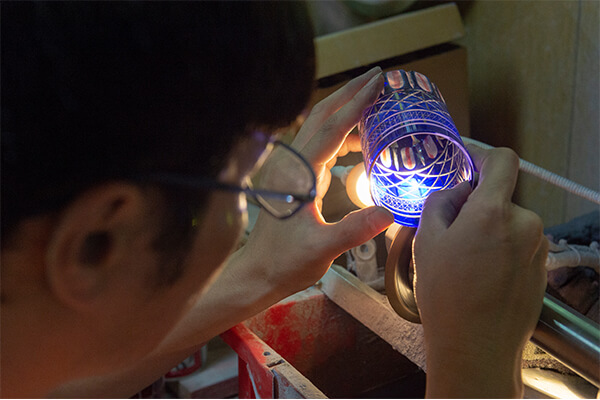
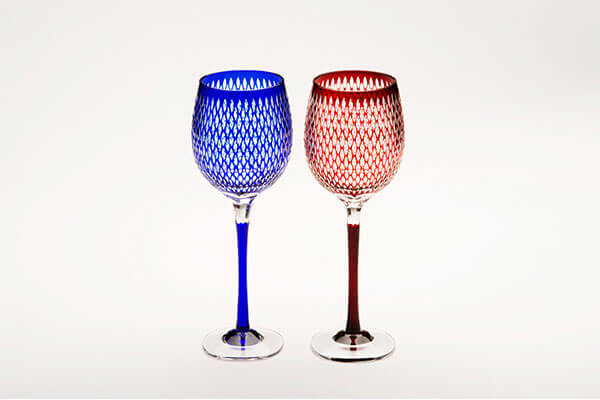
Ubukeya
<Cutting Utensils>
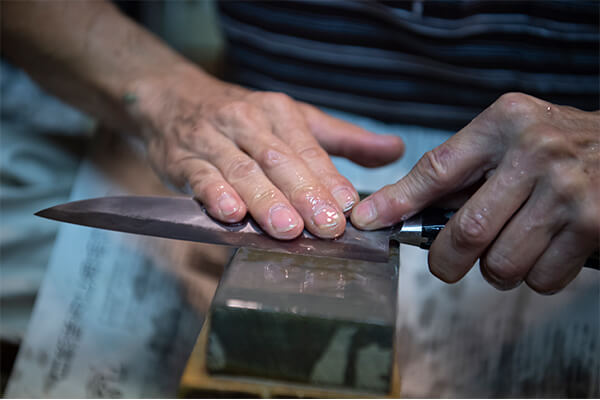
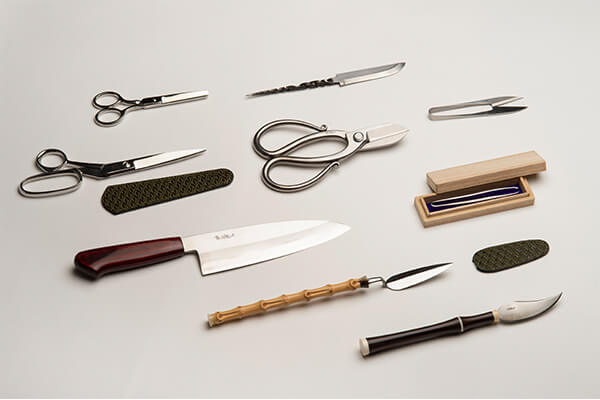
City Profile
Let’s explore Asian cities!
Let’s explore
Asian cities!
This campaign is conducted through the cooperation of following cities
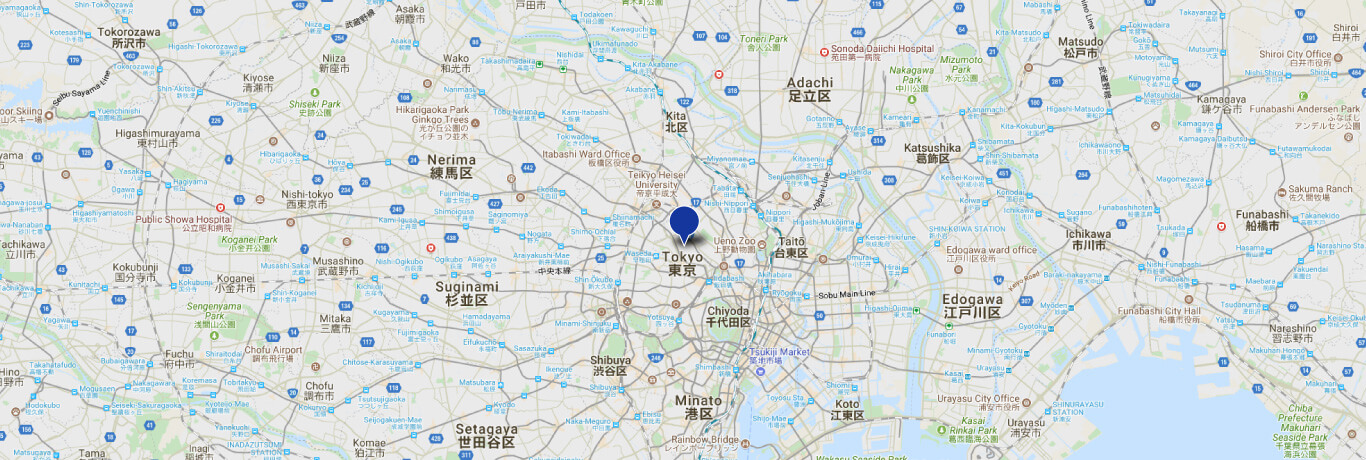
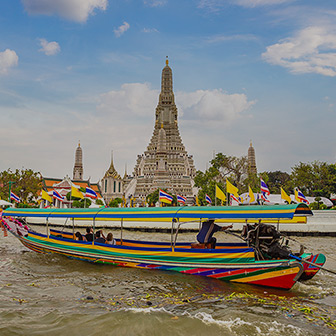
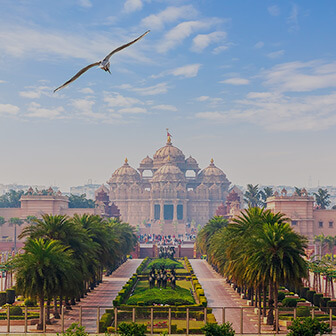
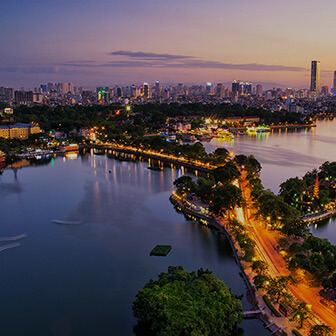
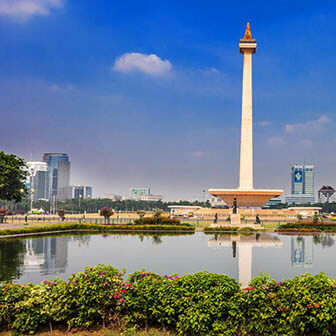


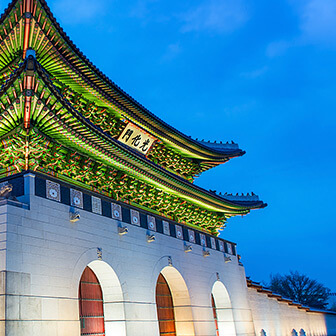
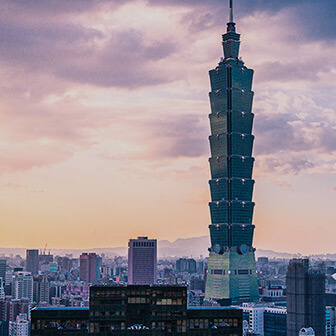

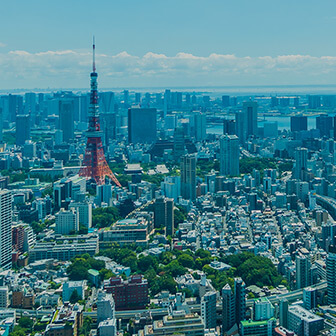
Photo Selection : Tokyo
Stay informed about the latest photos and details by following our social media channels below.